Bank of Montreal
Located in the centre of Columbia Avenue, the Bank of Montreal building is one of Rossland’s most notable landmarks. The Bank of Montreal building contains three stories of multi-use space (as well as a basement), all of which remain in use today.
History
2282.0008: Bank of Montreal in Rossland, date unknown.
The Rossland branch of the Bank of Montreal was established in April 1896, under the direction of A.H. Buchanan, the manager of the Nelson branch. Buchanan remained in-charge of both branches until the appointment of J.S.C. Fraser as the first official manager of the Rossland branch. Shortly after, the Bank of Montreal entered into competition with four other banks in Rossland. These included the Bank of British North America, Bank of Toronto, Merchant’s Bank of Halifax, and the Bank of British Columbia. Originally, the bank was located out of a hardware store on Columbia Avenue, before moving into a wooden two-story building on the same street (the future location of the Rossland Miner). By 1898, however, the Bank of Montreal began construction on a new branch location.
The building was designed by the Victoria-based architect, Francis Rattenbury, and constructed by the Cameron Construction Company. In 1897, Rattenbury had designed a building for the Bank of Montreal in Victoria and was then asked by the bank to build a building for the Rossland branch. Construction on the Bank of Montreal building began in September 1898 and was officially completed at the end of 1899. In January 1900, the building was opened to the public. The total cost in 1899, according to existing Bank of Montreal records, was $48,000.
Bank of Montreal in Rossland. Tourism Rossland/Dave Heath photo, 2018.
Upon completion, the building was soon filled by a variety of local companies and private offices. The basement, for example, was home to offices of the Spokane Northern Telephone Company, Richard Plewman, the law office of Ouimette, Saucier, and Blockberger, as well as the safety deposit vault and the furnace room. The first floor was home to the banking room, which, at the time, was thought to have been one of the largest in British Columbia. The second floors contained the bank manager’s office, the offices of the Great Northern Express Company, and the office of Ross Thompson, Rossland’s founder. Finally, the third floor contained offices for employees of the Bank of Montreal, as well as the bank manager’s apartment, fitted with six bedrooms, a sitting room, dining room, kitchen, and a bathroom.
The Bank of Montreal continued to operate out of the building until 2000. The building was then purchased by the Nelson and District Credit Union, who utilised the building until 2002. An individual from California purchased the building from the Nelson and District Credit Union in 2002, remaining the owner until 2007. As of 2022, the building is owned by Quince Tree Enterprises Inc., who purchased the building in December 2009. After the 2009 purchase, a number of renovation and restoration projects were completed, including expansive safety upgrades. Currently, an art gallery, Quoynary Canada, is operated out of the main bank hall by Fletcher Quince. The remainder of the Bank of Montreal building is home to a number of local businesses and organisations.
LISTEN TO LYDIA JAKOVAC (ROSSLAND MUSEUM) INTERVIEW GWEN & JIM MARKLE ABOUT THEIR MEMORIES OF THE HISTORIC BANK OF MONTREAL BUILDING FROM THE 1950S-60S:
Interview originally recorded April 28, 2014. From the Rossland Museum & Discovery Centre Rossland Memories Oral History Project collection.
Francis Rattenbury (Architect)
One of British Columbia’s best-known architects, Francis Rattenbury, is famous for designing the British Columbia Parliament Buildings, the Empress Hotel, and the Vancouver Court House (now the Vancouver Art Gallery). He was born in Leeds, England in 1867, and started his career as an architect articling for his uncle’s London-based architectural firm. Rattenbury was chosen to design the Bank of Montreal building in Rossland due to his previous work for the company, primarily the Bank of Montreal building in Victoria, built in 1897.
CVA M00098: Francis Rattenbury, date unknown. Photo courtesy of the City of Victoria Archives (CVA).
In addition to his architecture, Rattenbury is also known for his tragic personal life. He married Florence Nunn on June 18, 1898, and eventually had two children together. Before long, however, the couple grew to resent one another, and Rattenbury began an extramarital affair. In 1923, while attending a dinner in his honour at the Empress Hotel, Rattenbury met Alma Packenham, a musician from Vancouver. The two subsequently entered into a relationship, with Rattenbury making minimal attempts to conceal the affair from his wife. Eventually, Rattenbury and Florence divorced, allowing him to marry Alma in the spring of 1925. As a result of Rattenbury’s behaviour towards his first wife, his reputation was tarnished in Victoria's high society, and he and Alma relocated to England.
While in England, Rattenbury became an alcoholic and was increasingly faced with financial woes. On the other hand, Alma began an affair with the Rattenbury’s 18-year-old chauffeur, George Stoner. Before long, George became enamoured with Alma and was worried that Rattenbury might terminate him from his position as the chauffeur or the couple might rekindle their love for one another. As a result, he concluded the only solution was to murder Rattenbury and he proceeded in doing so on March 24, 1935. In the aftermath, Alma and George were charged with murder. Alma was acquitted and George was sentenced to death by hanging. Following the verdicts, Alma committed suicide by stabbing herself and falling into the River Avon. George’s death sentence was then overturned and changed to life in prison after a petition of approximately 350,000 signatures was sent to the Home Secretary, arguing that the 18-year-old was corrupted by Alma. George was released from prison after serving seven years.
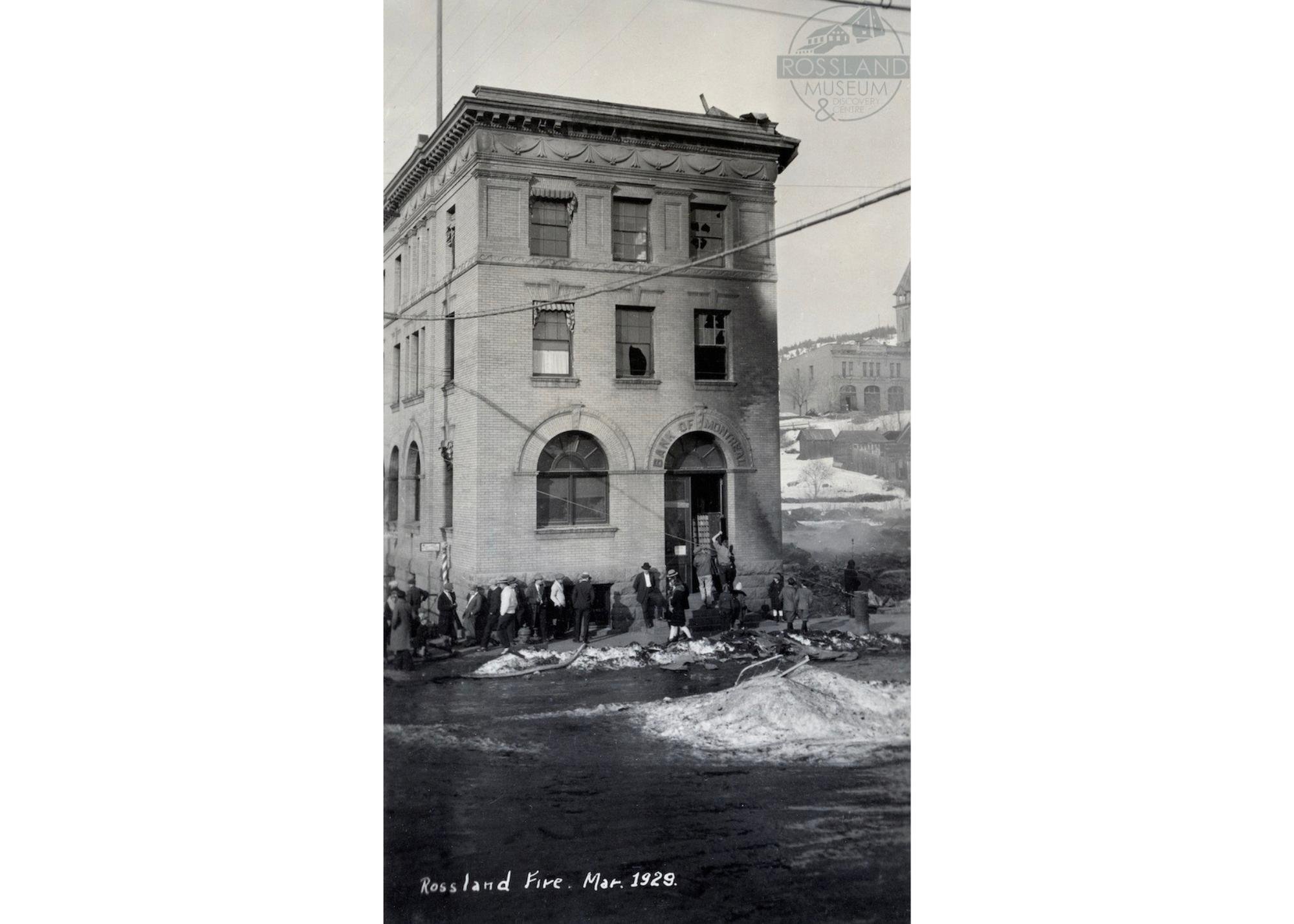

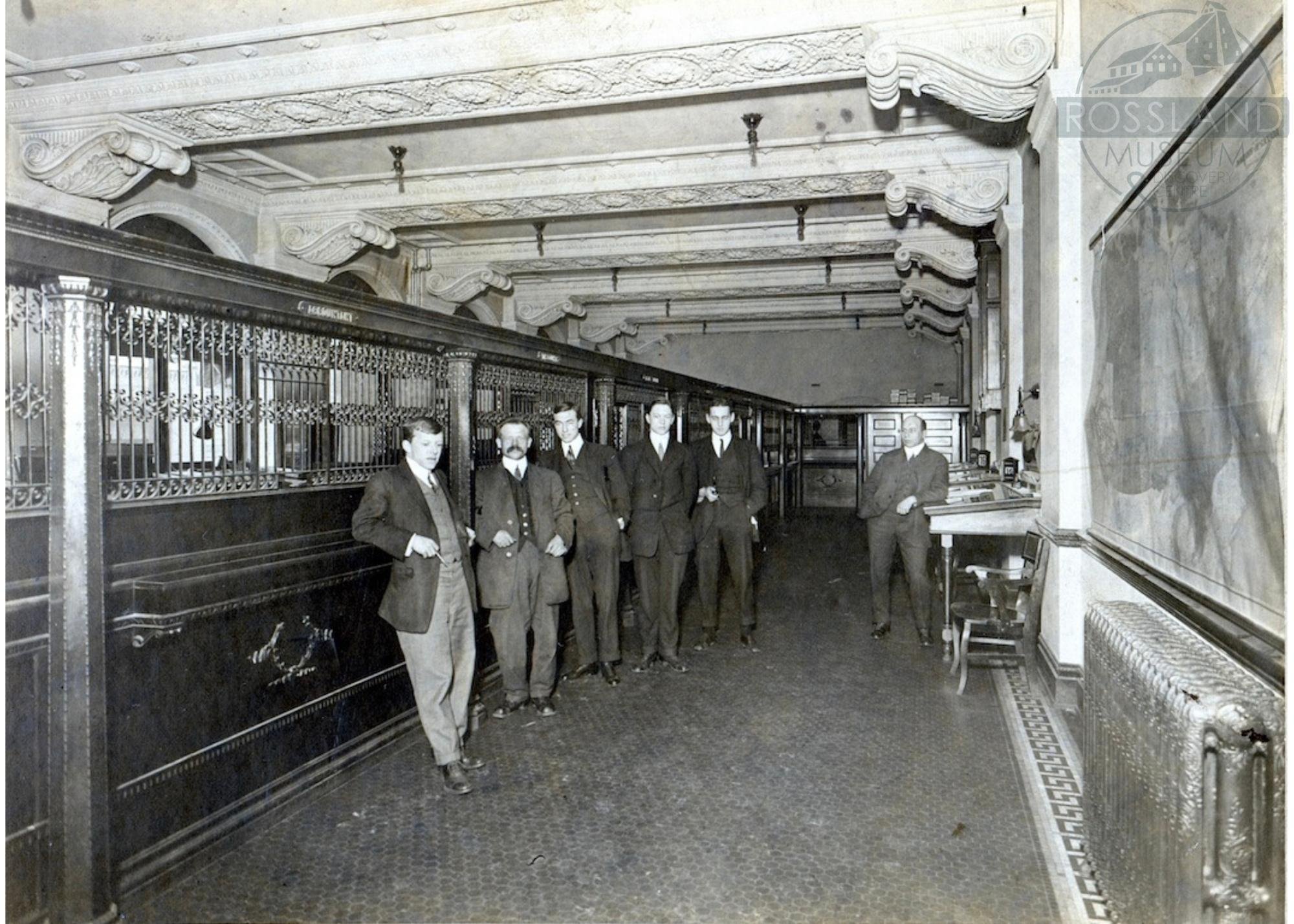
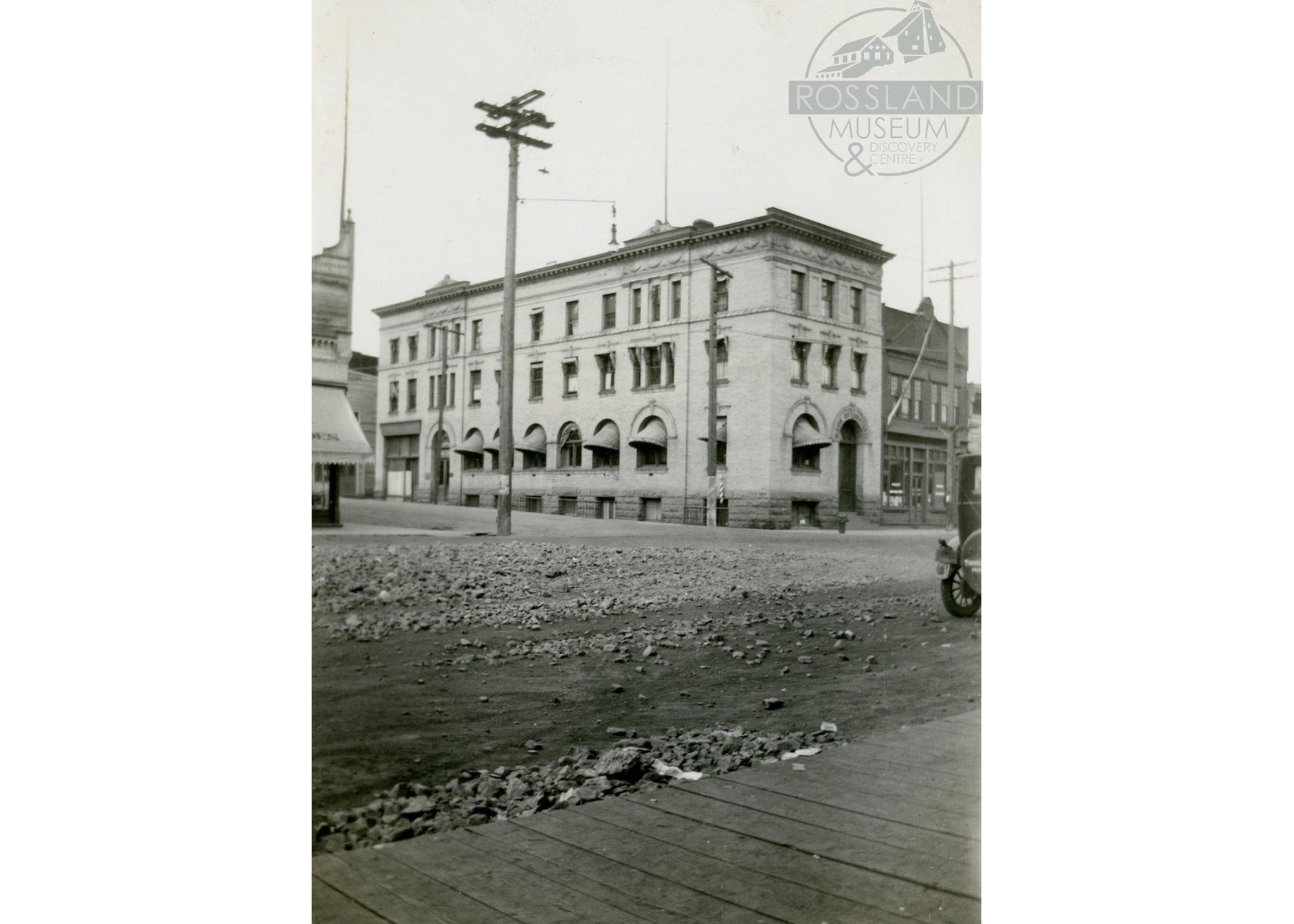
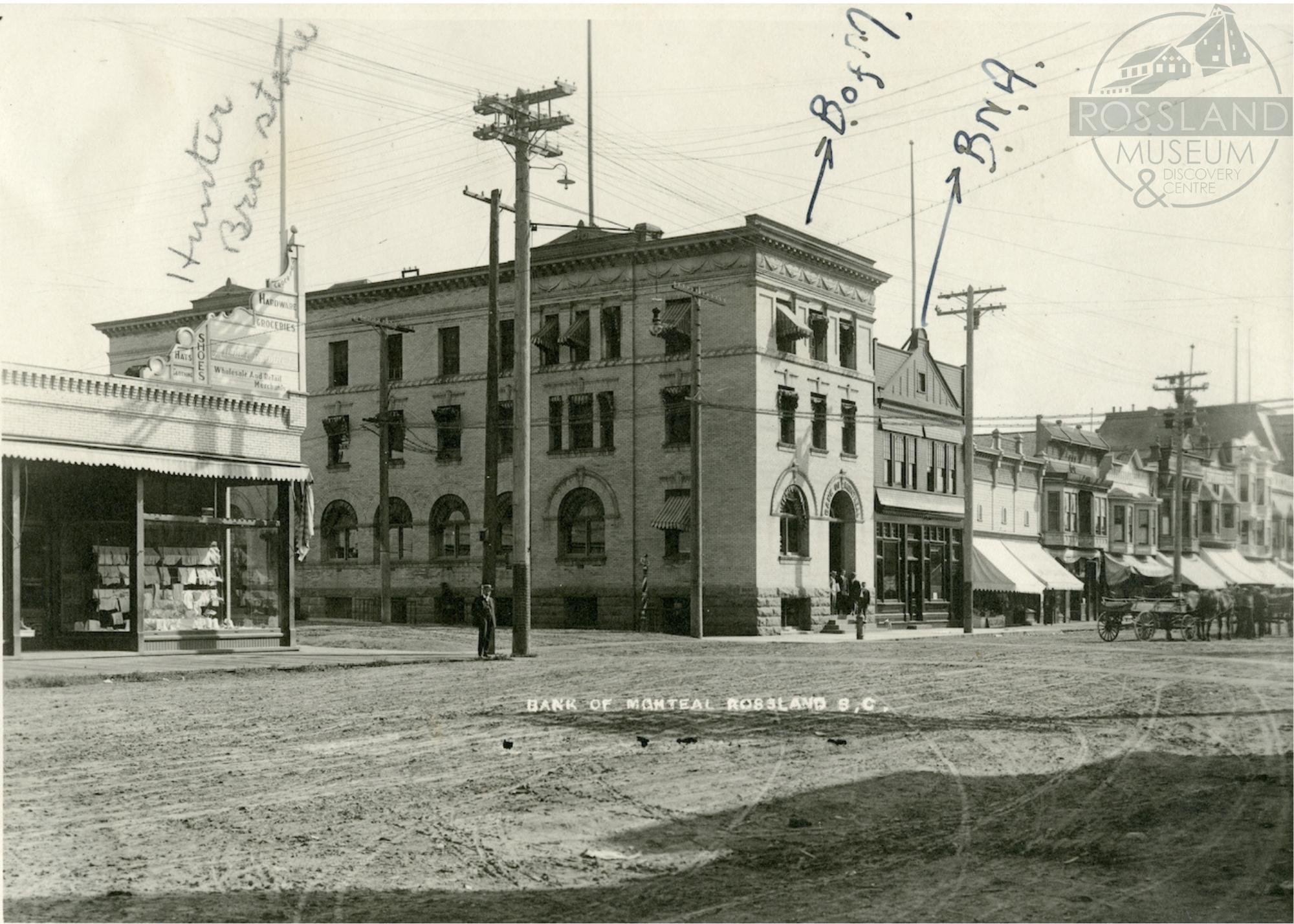
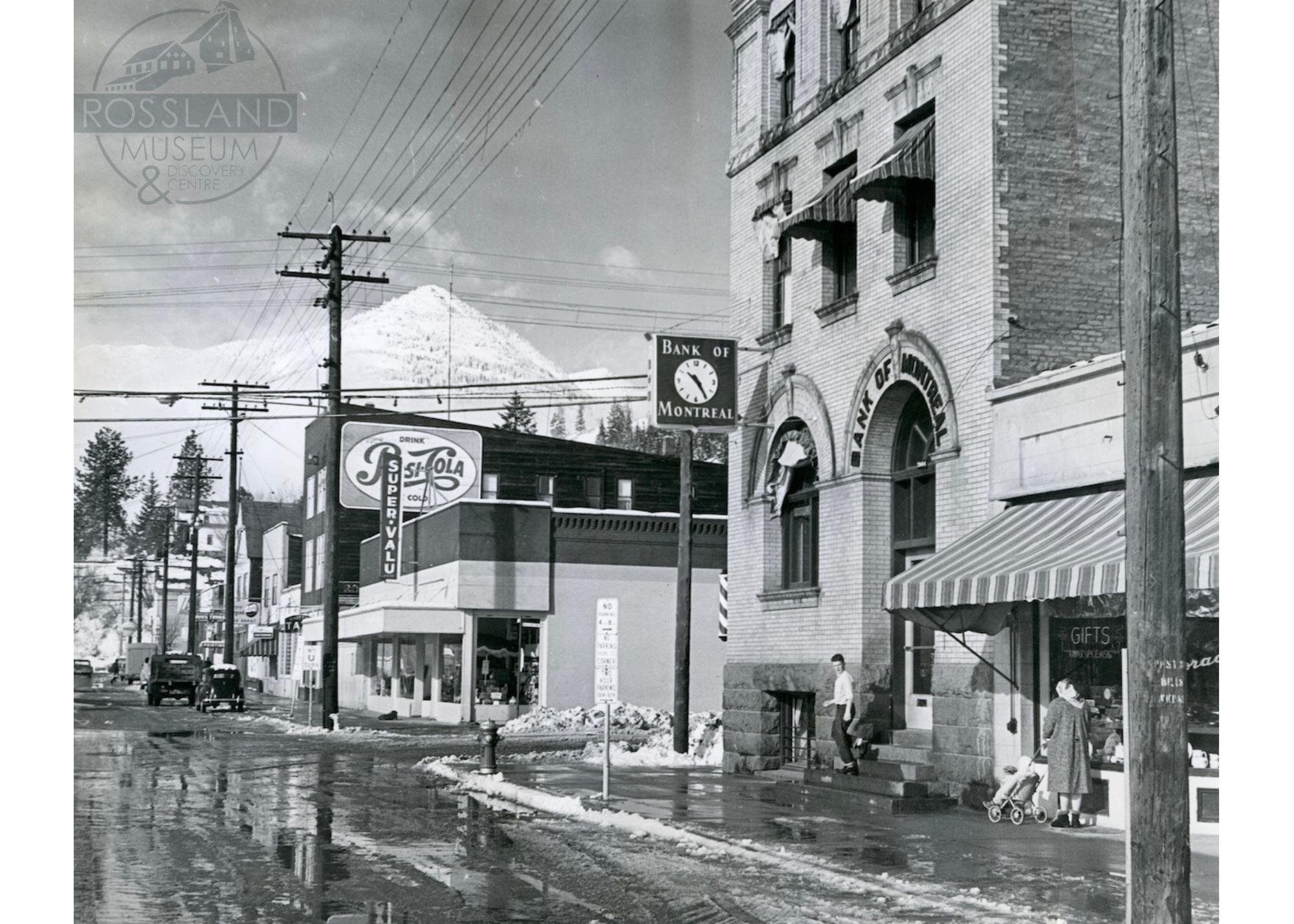

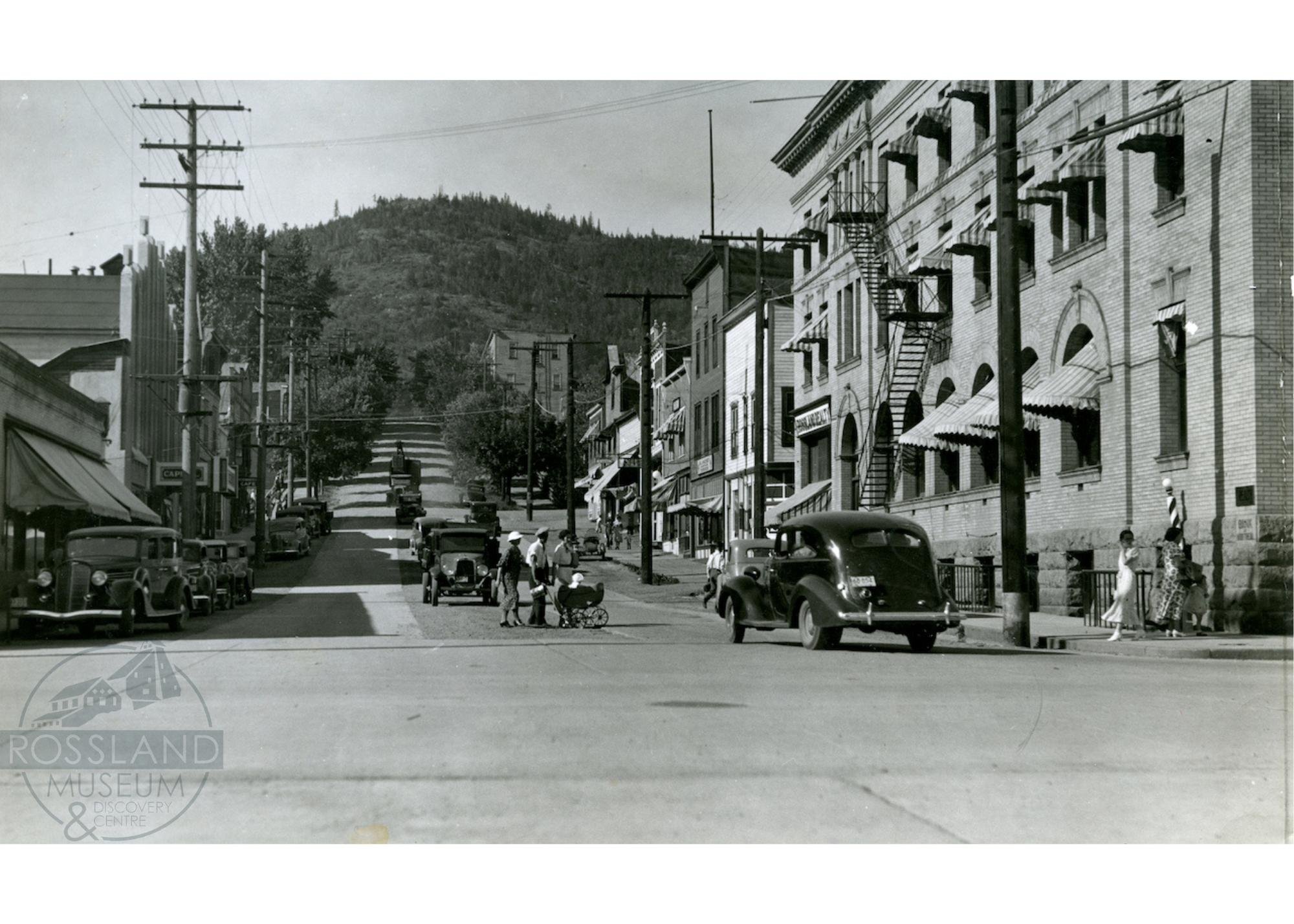
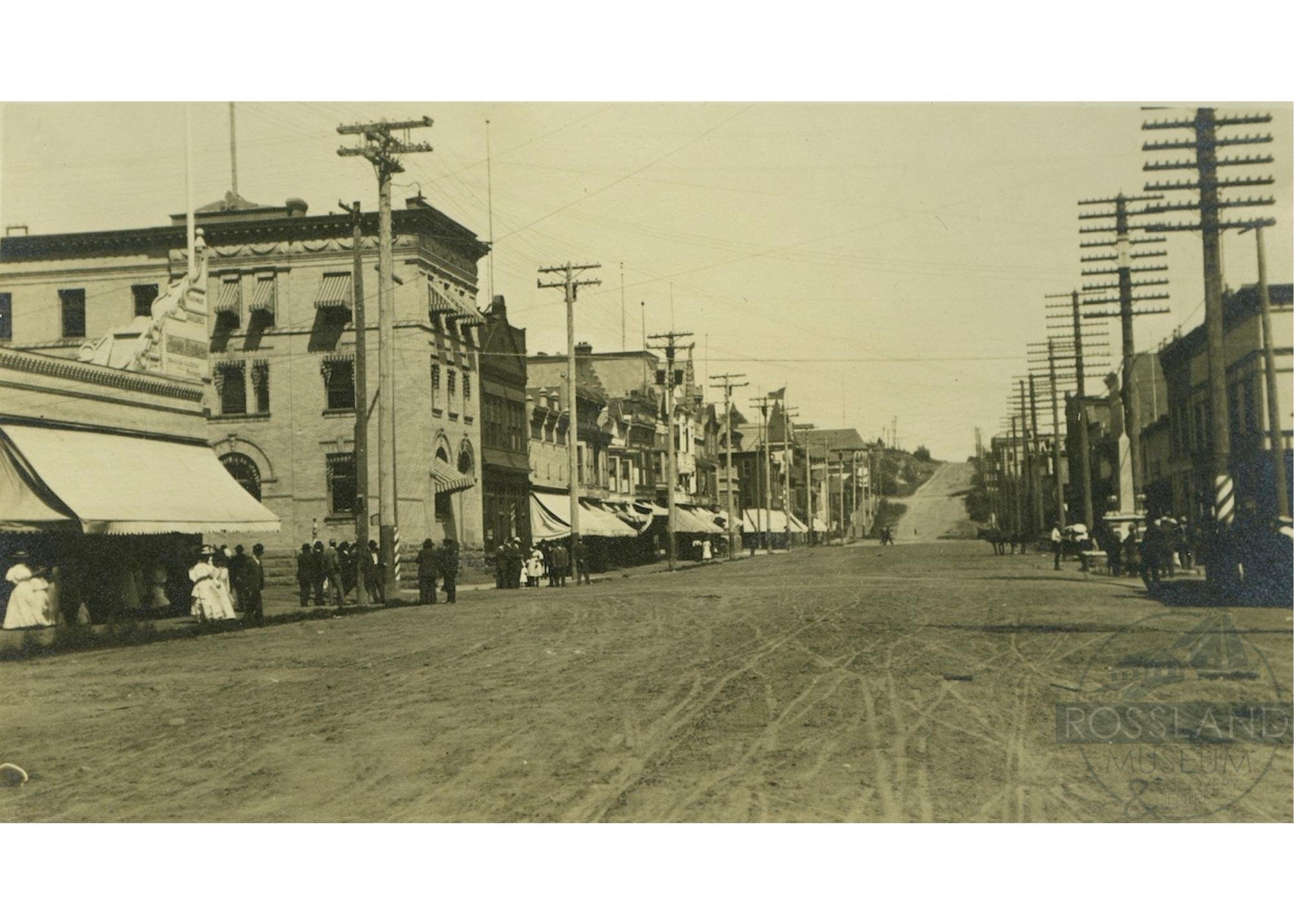
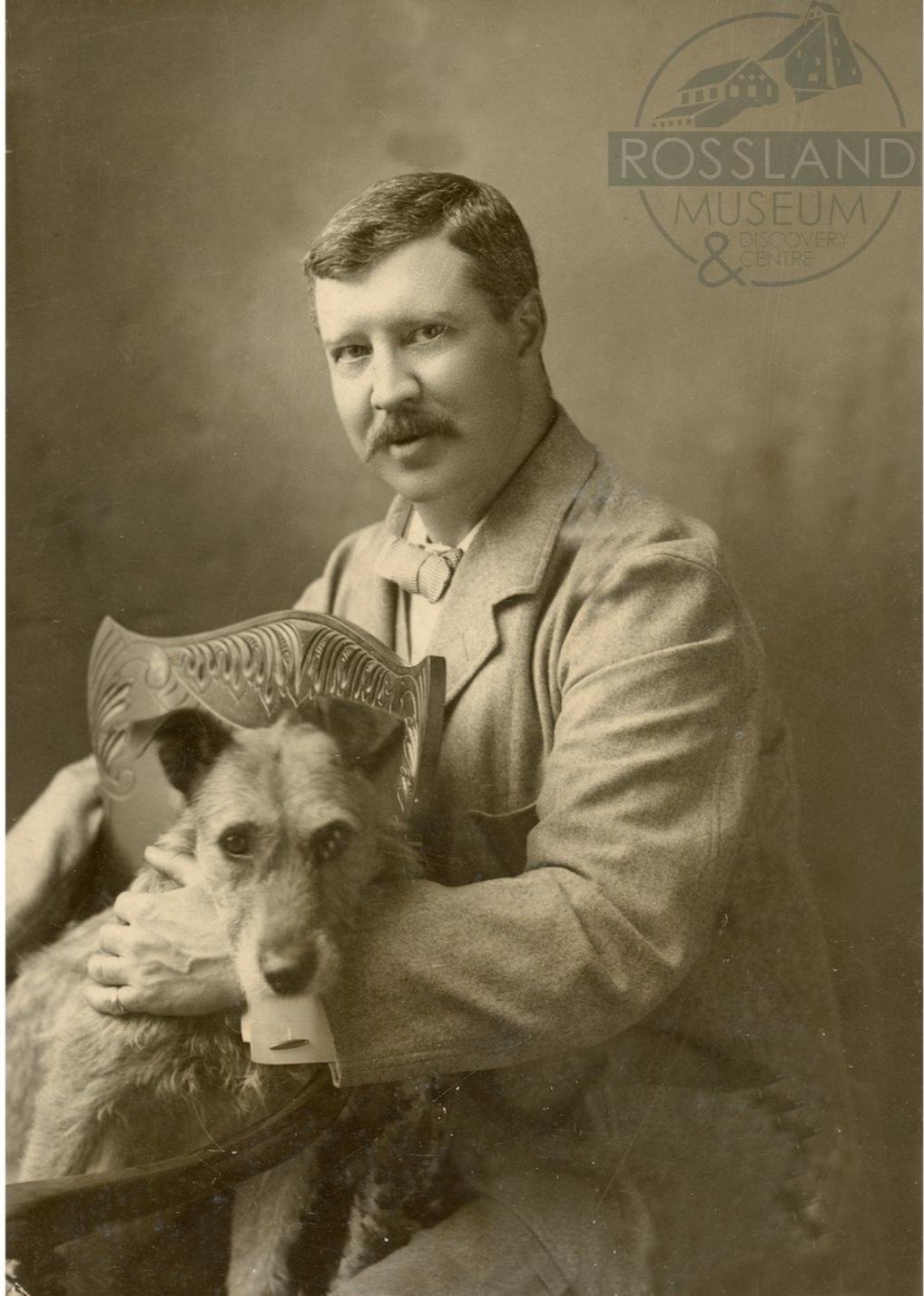
For More Information:
Rossland Heritage Commission Official Heritage Register - Buildings: Bank of Montreal
Historic Places Canada: Bank of Montreal
Contribute your own memories/experiences of the Bank of Montreal:
The form below will email us your message. If you prefer to speak to us directly or have other questions or comments about this page, please call (250) 362-7722 or email the archives directly at archives@rosslandmuseum.ca




